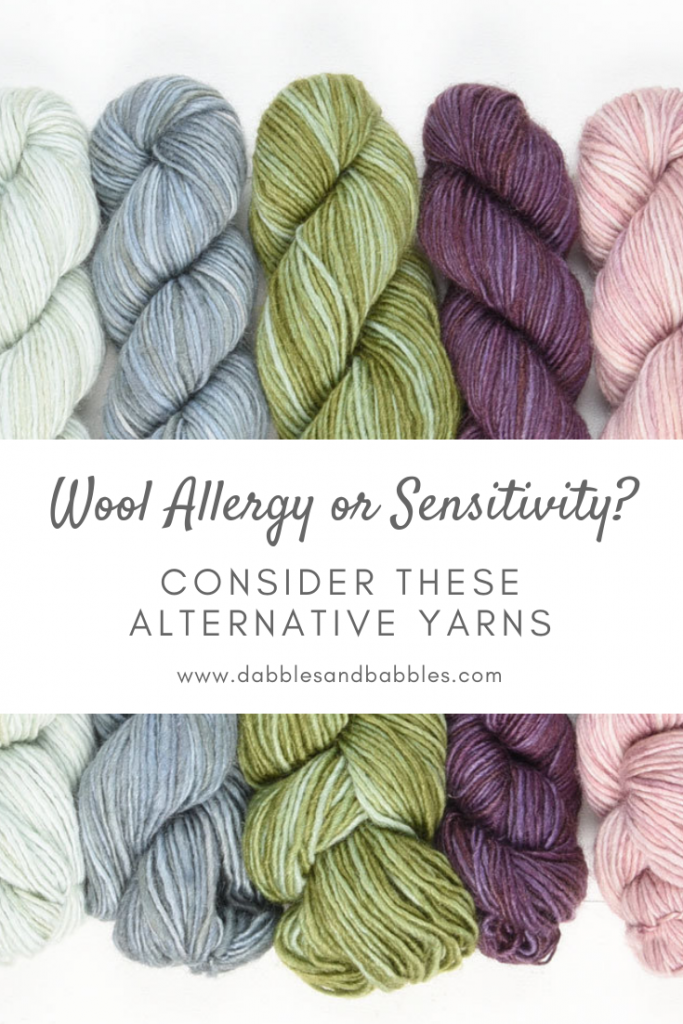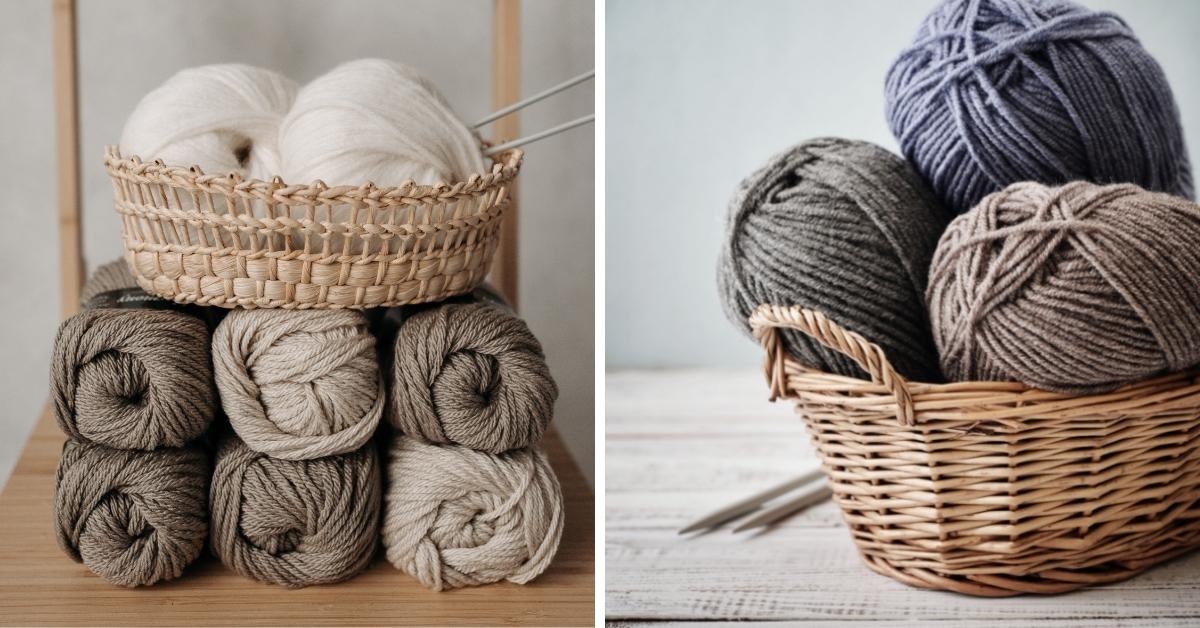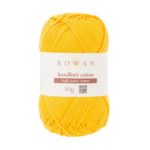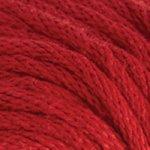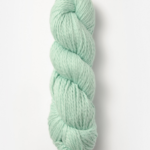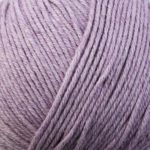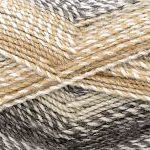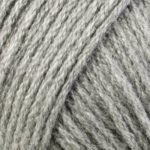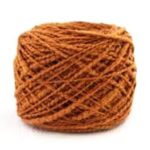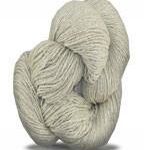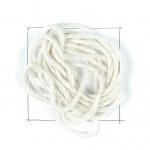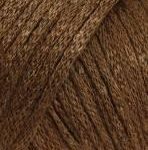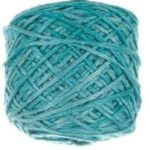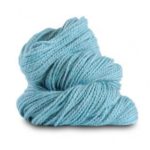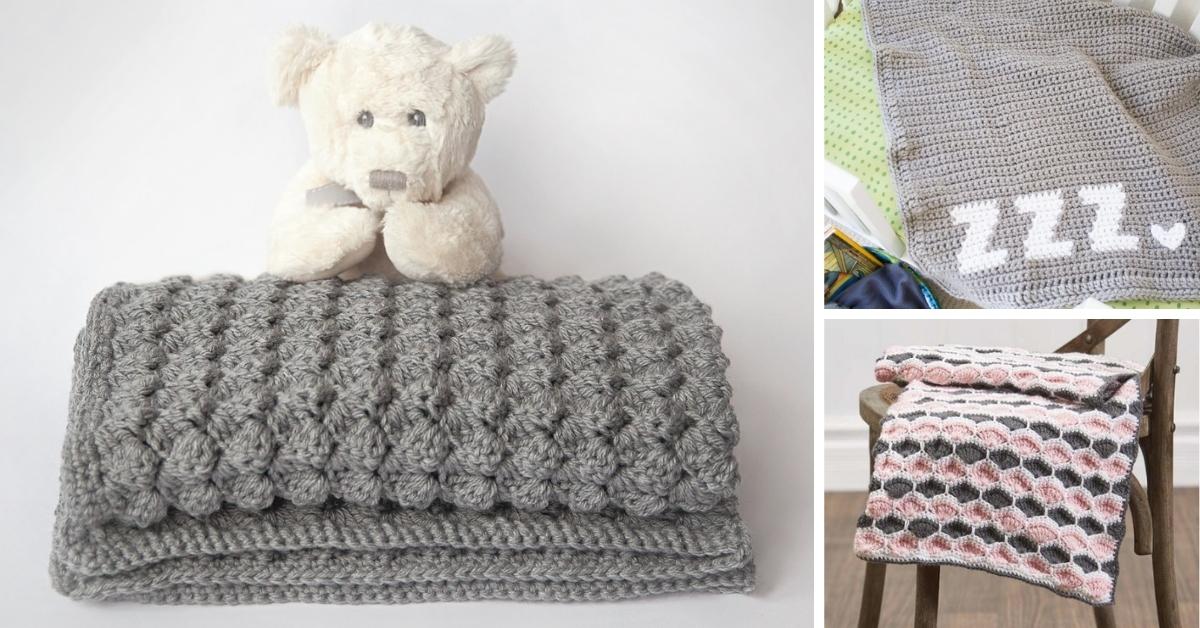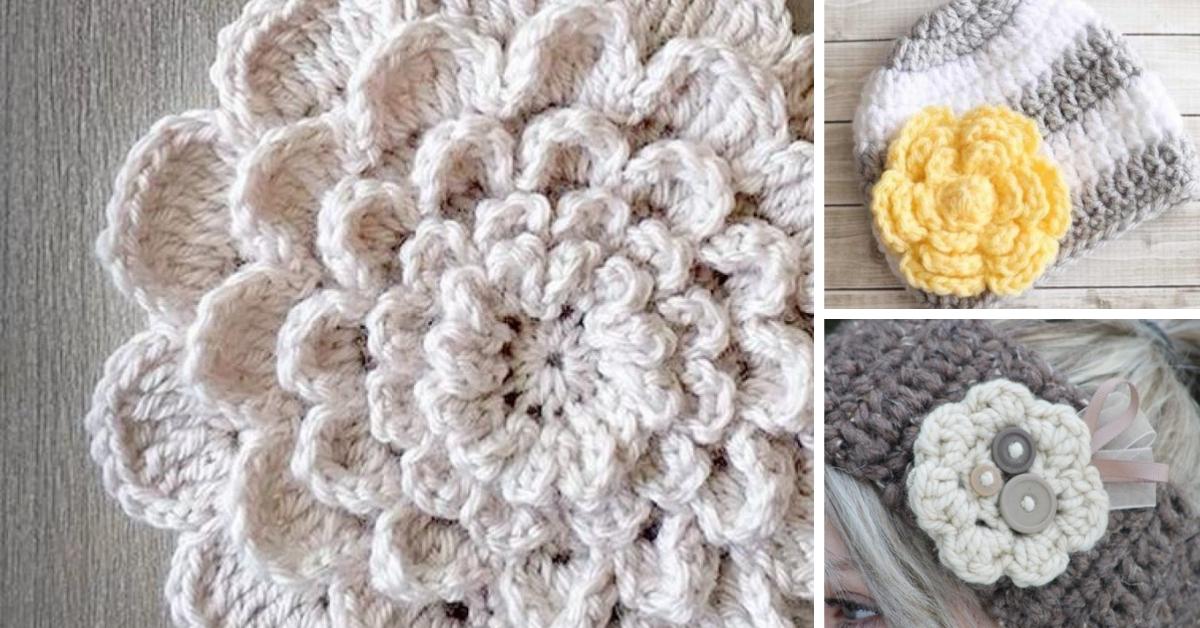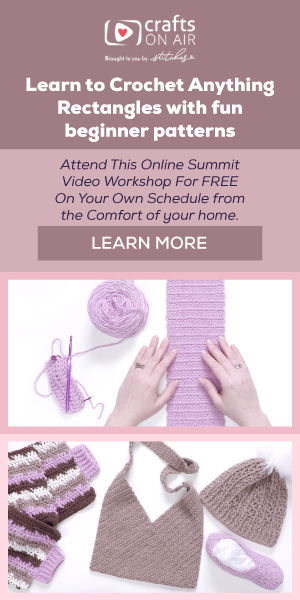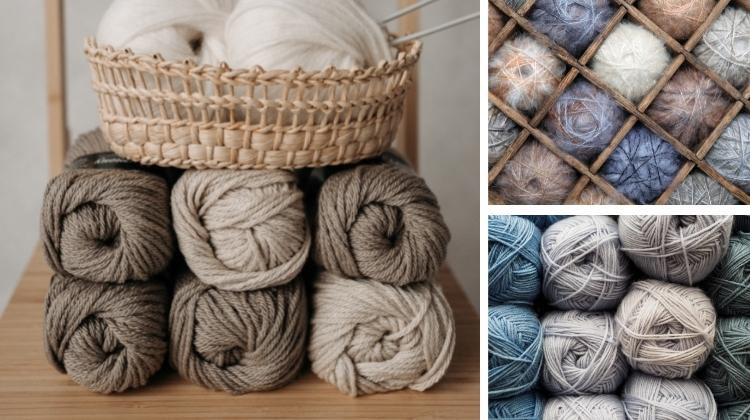
Lately, I’ve been hearing from a lot of you that you have wool sensitivities. So I decided to do a little research on the subject to try and find out more about wool allergies in the craft community.
Apparently, about 20% of the population struggle with sensitivities and allergies to wool fibers. And while it’s rare to have a pure wool allergy, it is common to experience discomfort or a rash when coming into contact with the fiber.
I found out that a lot of people are allergic to lanolin (which is a naturally occurring oil in wool-bearing animals) or animal dander within wool. So, if you’re unsure whether you’re allergic to lanolin or not, it’s worth doing a patch test. It could open up a world of yarn possibilities if you know this information.
But for those of you who suffer from wool and everything that comes with it, I’ve compiled a list of some yarn alternatives. Some of my favorite yarns in various weights, so you’re covered for any project you work on!
Cotton and Cotton Blends
Cotton is a natural, lightweight fiber that makes breathable garments. There is a trick for getting denser fabrics when crocheting or knitting with this loose yarn. You can size down your needles/hook for a firmer, denser look. It’s also machine washable and water absorbent. Perfect for projects that will be worn a lot and need easy care.
Rowan Handknit Cotton
100% cotton, 93 yds
DK weight
DMC Natura XL
100% cotton, 82 yds
Super Bulky
Blue Sky Organic Cotton
100% Organic Cotton, 150yds
Worsted
Knit 1 Crochet Too 2nd Time Cotton
75% cotton/25% acrylic, 180yds
Worsted
Berroco Corsica
90% cotton/10% cashmere, 150 yds
DK weight
Acrylic and Acrylic Blends
Acrylic is similar to cotton in how easy it is to clean and care for. It’s also one of the most affordable options on the market. Acrylic is a good option for some of your warmer weather projects as it can be insulating. And because it’s so easy to dye, you can get this yarn in any colors you want!
Universal Yarn Major
100% acrylic, 328yds,
Bulky
Berroco Comfort DK Solid
50% Acrylic/50% Nylon, 178 yds,
DK weight
Silk and Silk Blends
Silk is known for being soft and luxurious but it has a lot of other amazing properties too. The fiber has a natural wick which keeps you cool in summer and warm in the winter. It’s also a really strong and durable fiber. Silk is amazing because it is hypoallergenic so it’s perfect if you have allergies to other fibers. I wouldn’t suggest using this fiber if you’re making a piece that requires a lot of stretching though, as silk is inelastic.
Habu A 48 Nerimaki Ito
100% silk, 130 yds,
Fingering weight
Malabrigo Mora
100% Mulberry Silk, 225 yds,
Fingering weight
Knit One Crochet Too Cozette
62% Silk/30% cotton/8% polyamide, 255-273 yds,
Fingering weight
Anzula Breeze
65% Silk/35% Linen, 750 yds,
Lace weight
Linen
Linen fibers are extracted from the Flax plant and are known for being incredibly durable. It’s hypoallergenic and it’s breathable just like cotton. Linen is also a more sustainable fiber than some of the others on the market, and it softens over time. Linen is great for your more structural projects.
Erika Knight Studio Linen
85% Recycled Linen/15% Premium Linen, 131 yds,
DK weight
Lang Lino
100% Linen, 120yds,
Worsted
Bamboo and Bamboo Blends
Bamboo is another hypoallergenic yarn option. It’s incredibly eco-friendly making it one of the best fibers to use. It’s also antibacterial and sweat-absorbent, making it good to wear in the summer months or on vacation. And it’s soft and insulating so you can wear it in the winter months as well. This fiber is truly a catch-all and even has natural UV protection. It’s by far one of my favorites and the perfect replacement for wool.
Vinnis Colours Serina
100% Bamboo, 121 yds,
Sport weight
Vinnis Colours Tori
50% Bamboo/50% cotton, 95 yds,
Bulky
Alpaca and Alpaca Blends
If you aren’t allergic to all animal fibers, consider trying Alpaca yarn. Alpaca fibers are really insulating and even warmer than wool. It’s actually one of the most durable fibers out there and is flame resistant. This is a great yarn choice for generational pieces like holiday stockings since it can hold up to the test of time. This won’t work for you if you’re allergic to animal dander however.
Blue Sky Melange
100% Alpaca, 110 yds,
DK weight
Amano Puyu
70% Alpaca/30% silk, 82yds,
Bulky
Galler Yarns Peruvian Tweed
100% Alpaca, 600 yds,
Worsted
Some other amazing options, which you’ll often find in blends, include rayon, polyester, soy and cashmere.
Rayon
Rayon can add a luster and softness to yarn. It’s really comfortable and durable when dry. And it oftentimes is a very affordable fiber. Rayon can be challenging to clean, as its integrity is compromised when wet, so keep this in mind when using it.
Polyester
Polyester is another affordable option that is often found blended with other fibers. Unlike rayon, polyester is resistant to shrinking and its fibers are strong. It does not wrinkle easily either. It also has moisture-wicking properties making it good for athletic wear and cold weather.
Soy
Soy can be a really good alternative to silk, and it’s more affordable. It has a similar smooth texture and it drapes beautifully. Soy fabric is insulating and warm, perfect for winter knits and crochets. Soy is also super easy to care for and strong so it will last you a while.
Cashmere
Cashmere can be a good alternative to those who aren’t allergic to animal dander or all animal fibers. It’s much softer and smoother than sheep’s wool, and it is adaptable to temperatures. It will keep you cool in Summer and warm in Winter. The fiber also has natural stretch and dyes beautifully. If you’re unsure if this fiber will bother you, try it in a blend. The smaller content might be safe and it could open up this soft fiber possibility to you.
I’d love to hear what your favorite alternative fiber is to use. They all serve different purposes and are amazing in their own unique ways. An allergy shouldn’t prevent you from living your best *crafter* life.
